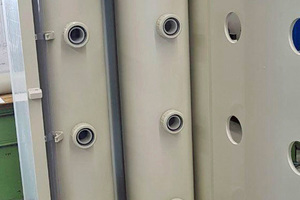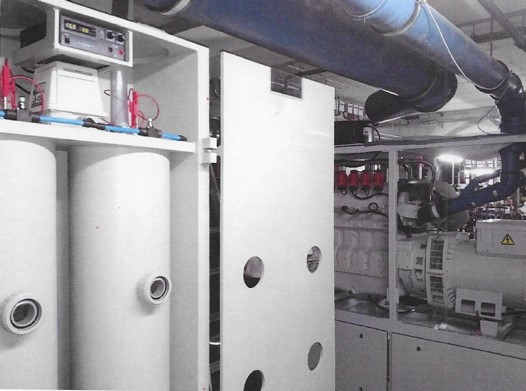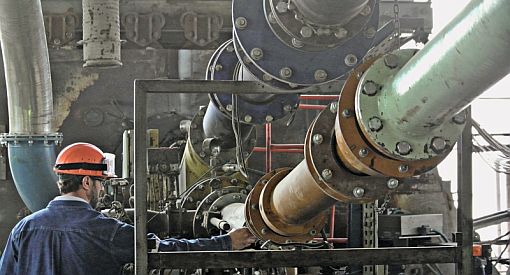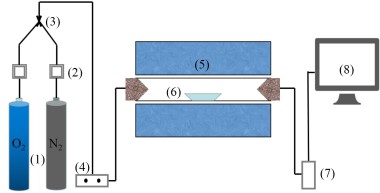Efficient reduction of energy costs and emissions
Wanka ion generators (WIGs) ensure optimal thermal conditions for all kinds of combustion processes. They enable efficient reduction of both fuel consumption and pollutant emissions.
The Göttingen-based company Energy Efficiency Solutions has now engineered an efficient, compact system that ionizes the molecules of oxygen being fed to the flame along with the combustion air.
In this process, a surplus of negative oxygen ions is released to serve as electrochemical catalysts that accelerate both the velocity and the temperature of the flame, hence reducing fuel consumption by 7 % to 15 % and paring down the main pollutant emissions, e.g., NOx, CO and CH, by 40 % on average. The process also lowers the formation of formaldehyde by up to 10 %.
The resultantly improved combustion efficiency substantially diminishes the generation of soot and particulate matter, thus significantly extending both the requisite cleaning intervals and the campaign life of the kiln/furnace. However, the end result is dependent on the quality of the employed fuel.
Due to the inhomogeneity of some fuels, the quality of combustion is directly impacted by any increase in flame velocity and/or flame temperature (by as much as 55 K in the reaction zone). Hence, the oxygen concentration can be reduced to save even more fuel.
Fast return on investment for industrial-scale applications
In one typical large-scale application, i.e., the combustion plant serving an 8.5-t steam boiler at Bitburg Brewery, a series of measurements conducted over several months showed that the ion generator yielded fuel savings (heavy fuel oil) on the order of 9 % while reducing CO and NOx emissions by 71 % and 31 %, respectively. The system paid for itself within a year.
According to the results of test-record analysis relevant to WIG Wanka ion generators installed in biogas plants, the savings on fuel there amount to around 8 %.
The WIG-MAXI compact system is currently designed for rated thermal outputs up to 40 MW. Depending on the nature of the employed firing system, combustion plants with thermal outputs between 4 and 40 MW require two or three WIG-MAXI compact systems to take full advantage of their combined performance.
Measuring approx. 80 x 220 x 50 cm, these sturdy WIG systems are made of non-combustible material. Distilled water serving as the ionizing medium is gradually consumed in the course of operation. A WIG system can be installed in a plant’s air intake system either in the course of routine operation or in connection with a brief inspection/maintenance shutdown. It takes a running-in phase of roughly two weeks for the described savings and reduction effects to reach their full impact.
The system’s electronics and gap rods require an annual maintenance inspection. The ionizing medium (distilled H2O) is consumed at an approximate rate of 1000 l/a, and the electronic components together consume roughly 100 W/h.
//www.eesolutions.de" target="_blank" >www.eesolutions.de:www.eesolutions.de






